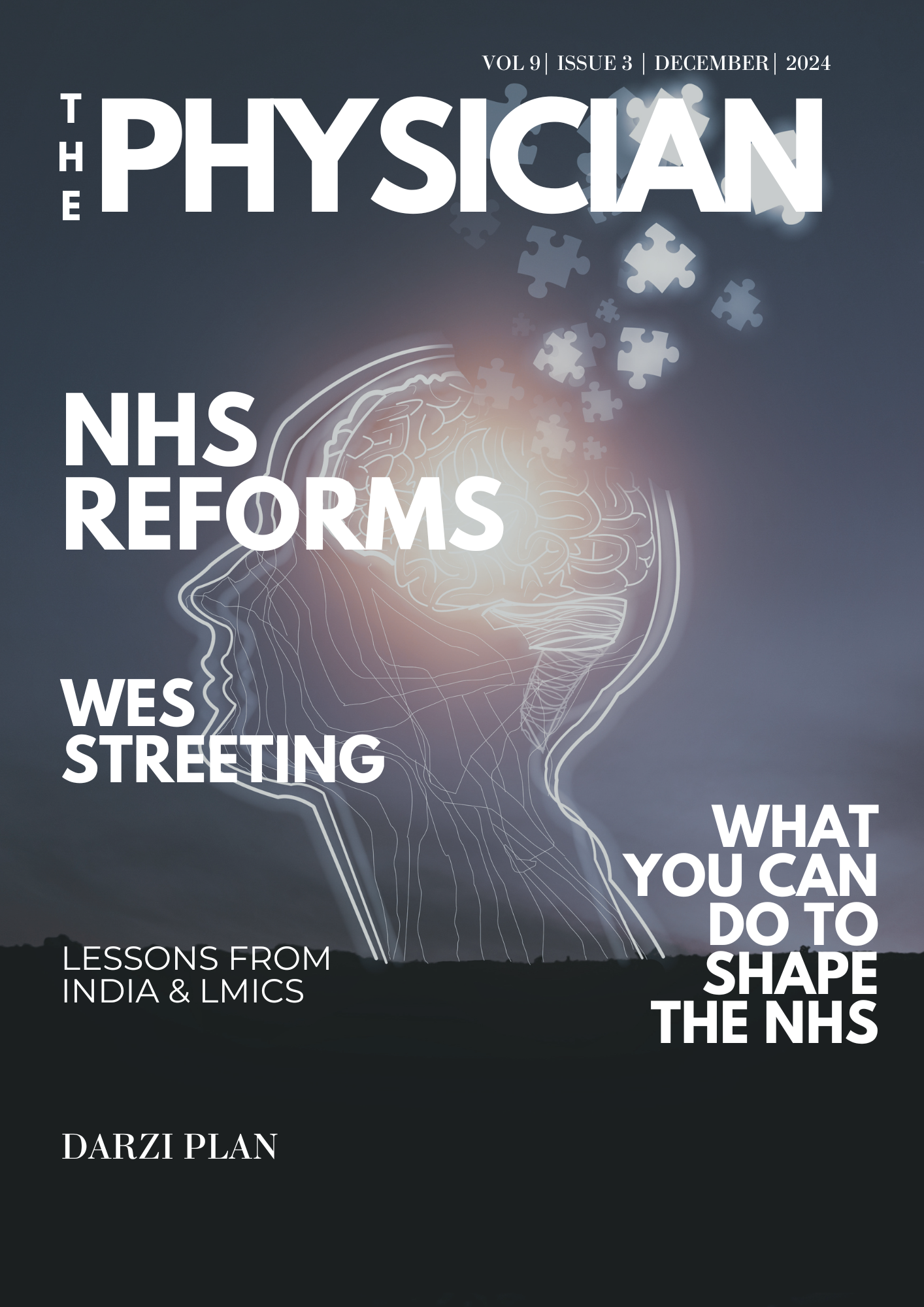Abstract
Diagnosis remains a crucial aspect of treatment, prognosis, and recovery, and therefore indispensable for any progress in medicine. Psychiatry, the branch of medicine focused on mental health, has evolved significantly over the decades. However, more than any other branch of medicine, psychiatry is still in a stage of early evolution – defining diagnosis and treatment, and its delivery to patients. Despite research investment, funding of specialist institutions and development of a highly qualified workforce, the progress in alleviating the mental distress in the community remains disappointingly suboptimal. It is thought that the significant expansion of diagnoses in psychiatry, often without firm scientific evidence, is one of the reasons behind the apparent lack of progress in provision of adequate mental health services.
Diagnosing psychiatric conditions remains a complex and nuanced process. Unlike other medical specialties, psychiatry lacks definitive biological markers for most conditions, relying heavily on subjective assessments, patient self-reports, and behavioural observations. This introduces several diagnostic dilemmas that challenge even the most experienced clinicians.
As the advent of disease specific treatment protocol heightens the necessity of accurate diagnostic procedures, this article explores the familiar challenges in modern psychiatric diagnosis and highlights their implications for patients as well as healthcare providers. Despite promising research, no single biological marker has yet been unequivocally identified for mental disorder.
References
Malhi Making up Schizoaffective disorder: Cosmetic changes to a sad creation? ANZJP 47(10)
Paris Joel. Over diagnosis in Psychiatry While Creating a Diagnosis for Almost All of Life’s Misfortunes Oxford University Press 2015
Francis A How many psychiatric diagnosis fit on the head of the pin ANZJP 48 (11)
Craddock, Mynors-Wallis. Psychiatric -Diagnosis: impersonal, imperfect and important BJP 204/ Feb 2014
Ahmed Aboraya Validity of Psychiatric Diagnosis Revisited Online 2005 Sept 48-55
Assen Jablensky World Psychiatry Feb 2016.
Harvey, Deady et al. MJA June 20-17. Is prevalence of mental illness increased in Australia? Evidence from national health survey and administrative data 2001-2014.
Epp Joanne. Trends and access to treatment for mental health in Australia from 1989 -2005 by University of NSW.
Steele, Z, Marnane C, et al The global prevalence of common mental disorders: systematic review and meta-analysis. International Journal of Epidemiology April/2014.
Schwartz, et al. Congruence of Diagnoses 2 Years After a First-Admission Diagnosis of Psychosis. Arch Gen Psychiatry. 2000; 57:593-600
Blum On changes in psychiatric diagnosis over time. 1978. American Psychologist 33(11).
Ray & Roy Chowdhary Stability of Psychiatric Diagnosis. Indian Journal of Psychiatry 1984 26(2).
Kendal British Journal of psychiatry 1974 April
Baca-Garcia, et al. Diagnostic stability of psychiatric disorders in clinical practice. Online by Cambridge University Press Jan 2018
Stanton, Joyce Stability of Psychiatric Diagnosis in NZ Psychiatric Hospitals. ANZJP 1993/27

This work is licensed under a Creative Commons Attribution-NonCommercial-NoDerivatives 4.0 International License.
Copyright (c) 2025 Array

